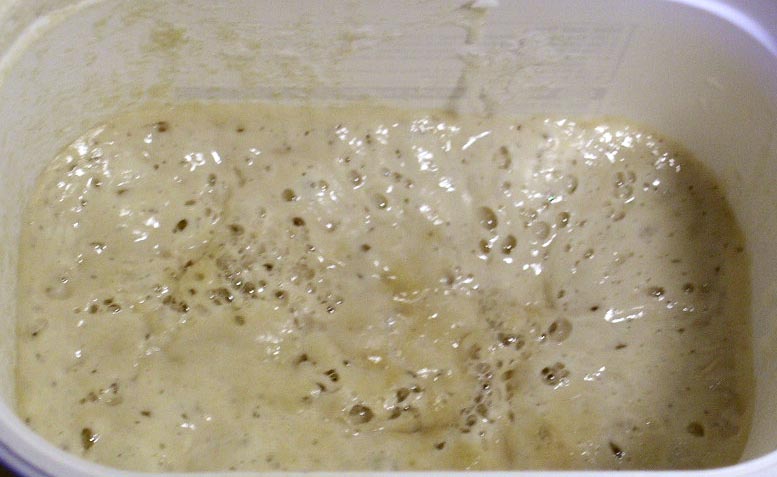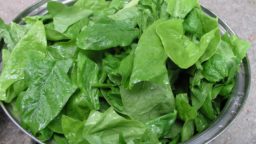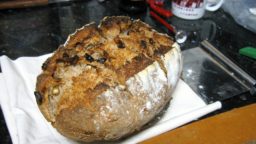You may have heard that sprouted flour is healthier than regular flour, and this is definitely true. When wheat is allowed to sprout before it is ground into flour, it breaks down the antinutrients that are the plant’s natural defense system, which can be difficult for us to digest. This is one possible reason for so many people having gluten and wheat allergies in recent years.
Before modern industrial harvesters and mills, wheat used to be cut and lay to dry in the field, allowing the wheat berries as they’re called to naturally sprout before grinding.
Sprouted wheat flour can be quite pricey-but, with the right equipment, it’s very easy to make at home!
What you need:
- Wheat berries: you can usually find these in the bulk section of your health food store. You’ll definitely want organic, and if you can’t find them locally you can usually find them online.
- A flour mill-you can buy a hand-powered mill, a special attachment for your Cuisinart, or an electric mill. You can also use a coffee grinder or a high-powered blender, but you’ll probably have to experiment to see how these work for you before trying to grind several pounds of flour at once.
- A dehydrator-the sprouted berries will need the be thoroughly dehydrated before being ground into flour, so a dehydrator will accomplish this best, although if you can set your oven low enough this also might work.
What to do:
- Sprout the wheat: once you have your equipment and have bought some wheat berries, you will probably want to make a small batch first to see how it goes. But either way the process will be the same: take the amount of what you will want to sprout, and fill mason jars about halfway with the berries. The soak in water for 24 hours, covered. Then, drain the water, and cover with plastic or metal mesh if you can, and tilt upside down with the bottom resting on a towel. This will keep the excess moisture draining. If you can’t do this, regularly strain out what water you can to avoid molding. It is sprouted when the wheat berries have cracked open and you can see green underneath, or a small tail is sprouting from them. They can be eaten fresh like this, or dehydrated to make the flour:
- Dehydrate the sprouted berries: check the manual of your dehydrator to see how long you should dry the berries for and at what temperature, but it will probably be at about 115 F for 12-24 hours. Check after about 8 to see if they’re dry, and then every few hours after that. You want them to be as dry as possible.
- Grind the flour: follow the directions for whatever mill or grinder you have, or, if you’re experimenting with a blender or coffee grinder, just start with a small amount to see how well they can be ground. The consistency of the flour is up to you, but you will probably want it to be very fine.
- Enjoy! Once you have the amount of flour you would like to use, you can use it as you would regular whole wheat flour. It’s probably best to keep the rest of your sprouted berries in a sealed container in the refrigerator, and grind the flour fresh each time you’d like to use it.
If you like this, you might also like:


 very distinct sour smell that is signature to sourdough. It is active when it is light with many big bubbles, like
very distinct sour smell that is signature to sourdough. It is active when it is light with many big bubbles, like




